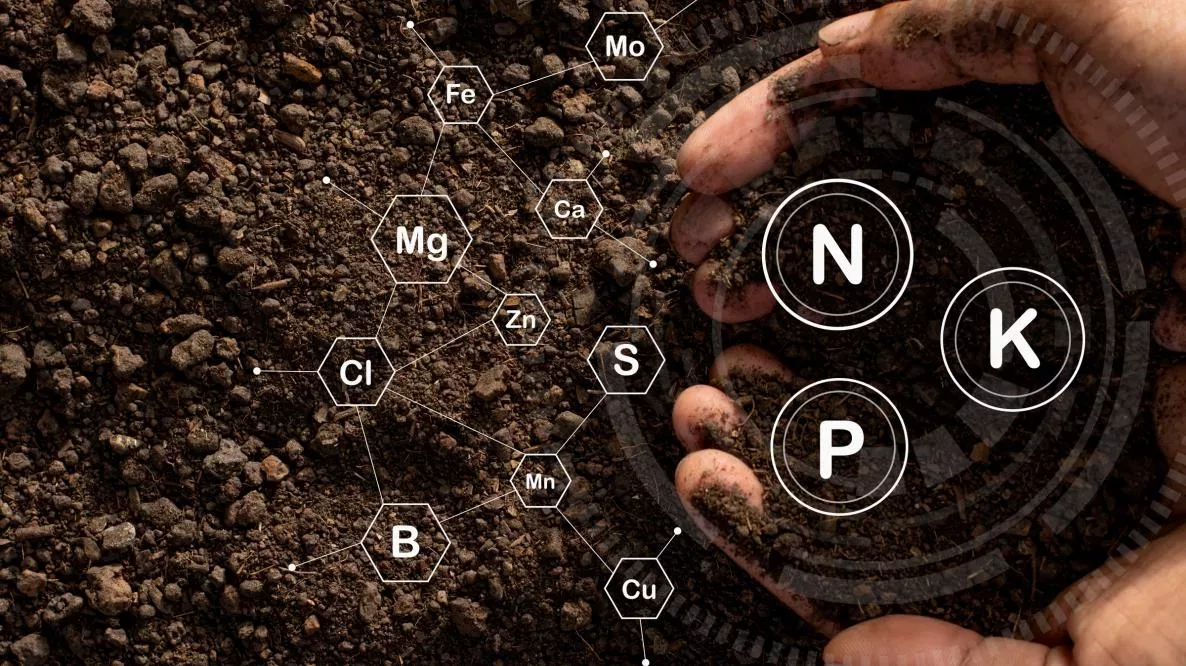Fertilizer is a natural or artificial natural or artificial substance containing the chemical elements that improve growth and productiveness of plants.It helps to enhance the plant growth and improve the crop yield.Fertilizers are vital to modern agriculture. However, handling and storing these materials can generate dust particles with significant risks to human health and the environment. This article will delve into the different types of fertilizers, their potential hazards, and how having proper material handling components can help reduce exposure to fertilizer dust. Urea, slurry, NPK- nitrogen, phosphorous, and potassium. These are some of the examples of fertilizers.
There are mainly two types of fertilizers used these days. They are described below:
- Organic fertilizers and
- Chemical fertilizers.
– Those fertilizers which have been made from the waste products at home by the use of waste products from the kitchen is called organic fertilizers. These types of fertilizers are completly made from waste products and no any harmful chemicals are used in the production of this type of fertilizers.
-A chemical fertilizer is defined as any inorganic material of wholly or partially synthetic origin that is added to soil to sustain plant growth.Chemical fertilizers are produced synthetically from inorganic materials. Since they are prepared from inorganic materials artificially, they may have some harmful acids, which stunt the growth of microorganisms found in the soil helpful for plant growth naturally
Uses of fertilizers:
Fertilizers are used to provide nutrients to the plants for their good growth. Soil nutrients’ deficiency is the prevalent problem among home-garden owners. One of the distinct advantages of chemical fertilizers over organic fertilizers is that chemical fertilizers are rich equally in all three essential nutrients: nitrogen, phosphorous, and potassium. On the other hand, organic fertilizers may be rich in one of the three nutrients, or may have low levels of all the three nutrients.
Nutrients:
One needs several pounds of organic fertilizer to provide the same soil nutrient levels that a single pound of chemical fertilizer provides, and the higher cost of organic fertilizer is one of the biggest reasons that organic produce is more expensive than non-organic. (The other big reason being lower organic yields, on average.) Although it is possible to make a lot of one’s own organic fertilizer as well, once the labor, time, and other resources are accounted for, homemade organic fertilizer is usually more expensive than store-bought chemical fertilizer too.
Chemical fertilizers always have a high total NPK (nitrogen:phosphorous:potassium), from 20 to 60 percent or more. The total NPK for organic fertilizer blends will always be low. Fourteen percent is about as high as it gets.
Environment:
Organic fertilizers favours environmental and soil well-being, relying strongly on natural elements. This requires patience. Their results are more long-term gains vs short-term crop results. Organic fertilizer nutrients are not precise and can vary from one type of fertilizer to the next unless you have specially formulated organic solutions.
Disadvantages/challanges:
Highly soluble chemical fertilizers dissolve faster than organic fertilizers. They can be absorbed rapidly by the plant roots or leaves and quickly work their way through the plant metabolism to boost growth. The results are visible in just a few weeks or even days.
Chemical fertilizers lack organic matter that stimulates biodiversity and beneficial colonies of microorganisms and worms, which actively contribute to the soil’s fertility and physical and biological condition.The contained chemicals cause short and long-term disasters during typical agricultural runoffs, resulting in environmental pollution, soil degradation, suppressed microbial activity, crop dependency, nutrient imbalances, destruction of plants and livestock, and contaminated waterways until eventually landing up in our food chain.
Chemical fertilizers cause detrimental effects on farmland and environmental biodiversity: from wildlife ingesting contaminated soil particles to stunting microorganisms and destroying nitrogen-fixing bacteria. Excess levels of nitrogen seep into waterways, killing off the fish and creating ‘dead zones’ that lack marine life.

